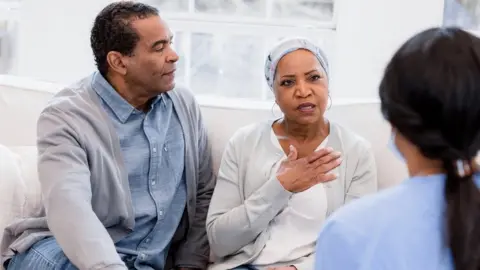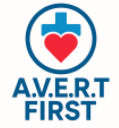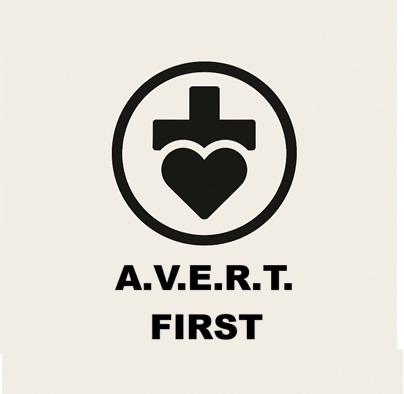


Community & Frontline Support in the Context of A.V.E.R.T. Harm
Introduction
Community and frontline support encompasses the individuals, volunteers, and peer networks that engage directly with people at risk of harm in everyday settings. These roles are critical for early detection, prevention, and response to health, social, and behavioral risks.
A.V.E.R.T. Harm empowers community and frontline supporters to recognize, assess, and respond to emerging risks using structured tools, clear escalation pathways, and peer-based engagement strategies. The framework emphasizes that harm reduction is not limited to clinical or policy interventions—it starts at the community level, often by those who share lived experience or trusted relationships.
1. Core Functions of Community & Frontline Support
a. Observation and Early Detection
-
Recognize signs of distress, abuse, neglect, or risk behaviors in individuals and groups.
-
Notice social, environmental, and behavioral cues that may indicate emerging harm.
-
A.V.E.R.T. Harm Role: Introduces structured observation tools such as S.C.A.N.™ to guide community members in systematically assessing risks.
b. Peer and Community Support
-
Provide guidance, emotional support, and connection to trusted resources.
-
Engage peers who have shared experiences to normalize help-seeking and reduce stigma.
-
A.V.E.R.T. Harm Role: Emphasizes peer-led approaches, empowering people with lived experience to act as frontline responders in harm reduction and resilience-building.
c. Direct Assistance and Harm Mitigation
-
Offer immediate help such as connecting individuals to services, mediating conflicts, or providing basic safety interventions.
-
Implement harm reduction strategies for substance use, mental health, or social crises in everyday contexts.
-
A.V.E.R.T. Harm Role: Provides the A.B.C.D.E.™ framework for safe, stepwise action: Acknowledge, Build Safety, Consider Harm, Determine Next Steps, Escalate/Engage Resources.
d. Advocacy and Resource Connection
-
Assist community members in accessing social, medical, or behavioral services.
-
Advocate for individuals’ needs within local systems, schools, or community programs.
-
A.V.E.R.T. Harm Role: Ensures frontline supporters understand escalation pathways and referral networks to clinical and social services, bridging gaps between community and formal systems.
2. Skills and Competencies
Community and frontline supporters using the A.V.E.R.T. Harm framework should develop:
-
Active listening, empathy, and cultural humility.
-
Ability to recognize early warning signs and differentiate types of harm.
-
Knowledge of local resources, social services, and clinical referral pathways.
-
Skills in peer support, mentoring, and community engagement.
-
Understanding of trauma-informed care principles and ethical boundaries.
3. Integration with A.V.E.R.T. Harm
-
Structured Assessment: Frontline supporters use S.C.A.N.™ and R.E.A.D.Y.™ tools to observe, assess, and respond safely.
-
Peer-Led Engagement: Peers trained in A.V.E.R.T. principles act as trusted intermediaries, encouraging help-seeking and supporting vulnerable community members.
-
Linkage to Services: Frontline responders connect individuals to social, clinical, and public health resources, ensuring continuity of care.
-
Escalation and Reporting: Clear protocols allow community members to escalate critical issues to professional or leadership levels when immediate harm is detected.
4. Challenges
-
Limited training or access to formal tools for community responders.
-
Balancing support with boundaries and personal safety.
-
Stigma, mistrust, or reluctance from individuals to engage with formal services.
-
Risk of burnout among frontline supporters without proper support and supervision.
A.V.E.R.T. Harm addresses these challenges by providing standardized guidance, training modules, and structured peer-support frameworks.
5. Best Practices
-
Apply trauma-informed, non-judgmental approaches in all interactions.
-
Engage peers to provide culturally relevant support and reduce stigma.
-
Maintain clear communication and referral networks with clinical and social service providers.
-
Promote resilience and empowerment within communities through education, mentorship, and peer networks.
-
Regularly debrief and self-care to sustain frontline effectiveness and reduce burnout.
6. Conclusion
Community and frontline support, particularly peer-based interventions, are essential in preventing, recognizing, and responding to harm. Within the A.V.E.R.T. Harm framework, these supporters act as the first line of observation and engagement, bridging individuals with clinical, social, and public health systems. By training, equipping, and empowering community members and peers, A.V.E.R.T. Harm ensures that harm reduction begins where it is most immediate—within communities themselves.







Hi, this is a comment.
To get started with moderating, editing, and deleting comments, please visit the Comments screen in the dashboard.
Commenter avatars come from Gravatar.